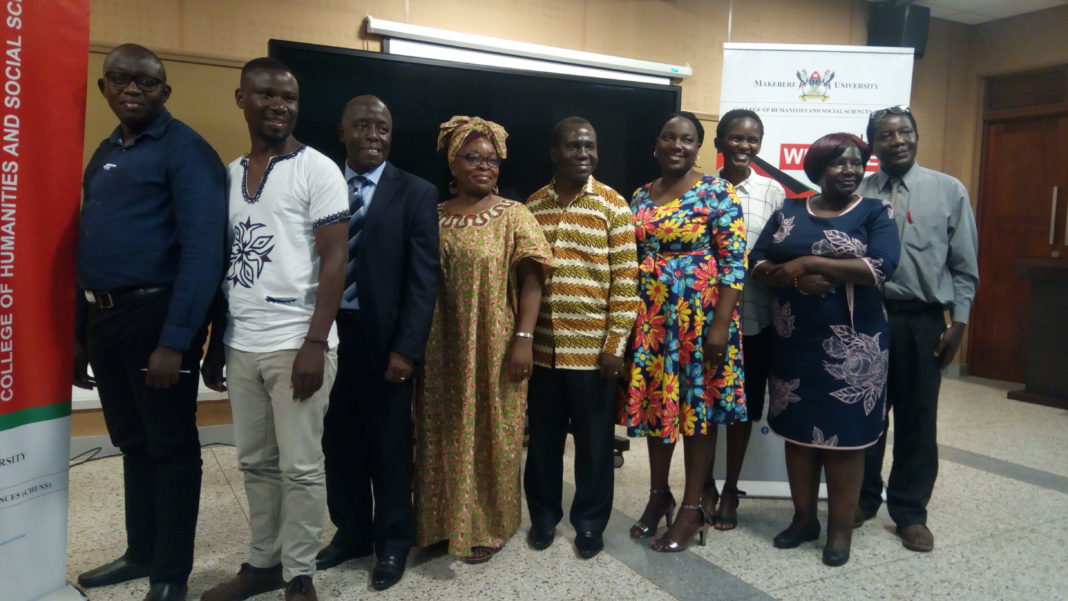Makerere University study has revealed that the tourism sector has not yet utilized various cultures and heritages in Uganda.
In a study titled Many People, Many Cultures, and Many Heritages: Going Beyond Nature-based Tourism in Uganda, Uganda’s tourism can be promoted through utilizing different cultures and heritages that Uganda is gifted with.
The study involved documenting the role and relevance of culture-based tourism as opposed to promoting nature based tourism.
The Principal Investigator of the study, Dr. William Wagaba, said revisiting Uganda’s tourism culture and heritage would not only benefit the tourists but as well help the domestic market because there is a lot which is un ventured into.
“Our emphasis was on documenting monuments, culture sites, neglected places, especially places that we take for granted and also comprehending how many they can add to the package of promoting tourism in this country,” says Wagaba.
Wagaba who is also the Head of Department of European and Oriental Languages in the school of Languages, Literature and Communication at Makerere University, said that he is optimistic that the approach will boost Uganda’s tourism even more.
The researchers looked at different places and stories around those places. Places included Uganda, Martyrs Museum, Namugongo, Bwaise a city suburb, Kabaka Anjagala road, Bulange building, River Nile, Sezibwa Falls, Bujagali Caves, Mapera tree in Kisubi,Nyakahondokoro and Gault tombs in Ibanda, Nakayima tree in Mubende, among others.
Dr. Enoch Sebuyungo a co-investigator and a lecturer in the department of European and Oriental Languages explained the finding about Martyrs Museum, Namugongo as one of the places they researched on,and said that the name Namugongo dates back in 1760s when Buganda Kingdom was thriving.
“This was a place of execution where King’s subjects in Buganda were killed for the acts of disobedience and the King was not supposed to see the bodies, so this place was located far from his Palace,” Dr. Sebuyungo highlights.
Namugongo was designed in 1760 during the reign of Kabaka Kyabagu, the 25th Kabaka of Buganda, and the culprits used to be dragged on their backs up to the place where their bodies would be predisposed off.
Then, the people would ask in Luganda that Omuntu on azze atya?, translated as, How did this person come? And Kabaka’s men would respond that azze namugongo-he came by his or her back.
Therefore, the reference was made to that dragging and peeling of the back and the phrase” azze namugongo” was shortened to “Namugongo” which became the name of the place and later on, the Christian martyrs were executed there. This is an interesting story about this place which is hardly stated even when the tourists visit the place.
Similarly, Associate Professor Edith Natukunda also from the Department of European and Oriental Languages says this is an important part of tourism that should be promoted. She says the project will diversify the tourism sector as well.
Meanwhile, Dr. Josephine Ahikire, the Principal of college of Humanities and Social Sciences remarked that there has been a discussion on the role of culture which is an intangible aspect of human life and she thinks the project will bring on board the questions of culture and stories around decolonization times.
Dr Stevens Aguto Odongo from the Department of Sociology and Anthropology Makerere University says this research aimed at broadening what people are already aware of. He adds, “If a tourist is introduced to cultural places, they will promote our cultures”.








Thanks a lot for the blog.Thanks Again. Great.